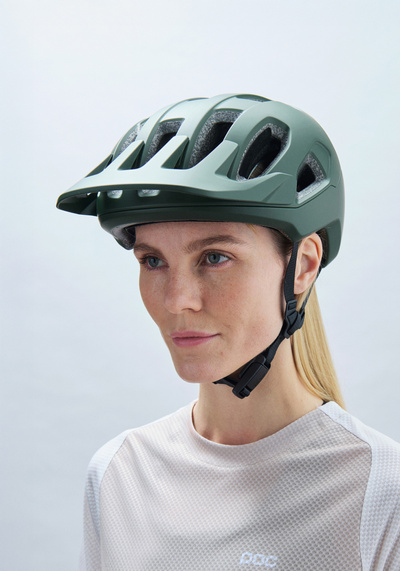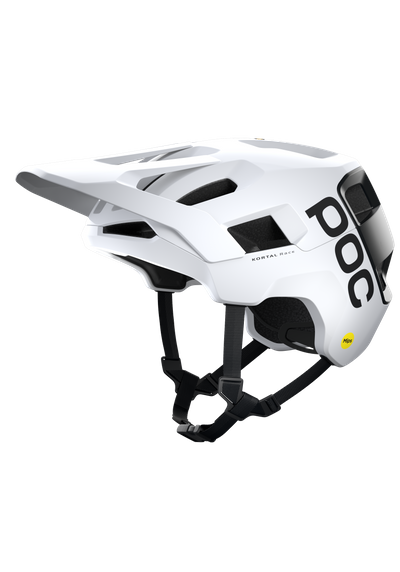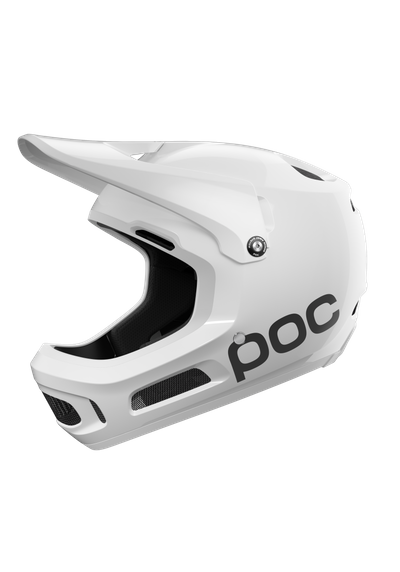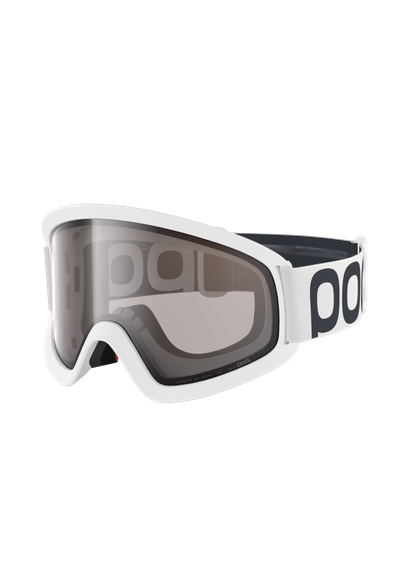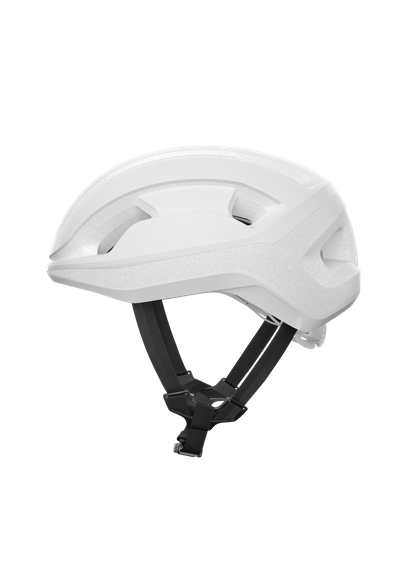How to choose: Mountain bike helmets
Choosing the right MTB helmet may seem like a daunting task, but in reality, there are a just a small number of principles to follow in order to find a comfortable and safe cycling helmet.
While the range and variety may seem endless, by asking yourself a few questions about what you want most from a helmet, it’s easy to find the right model.
Whether you are new to mountain biking or are an experienced rider, the first thing to do is consider which specific style of riding most matches how you ride. Enduro, downhill, trail and cross country all have different needs and requirements from protection, so by choosing a helmet that matches your specific category, it’s easier to make sure your protection will work for how you ride.

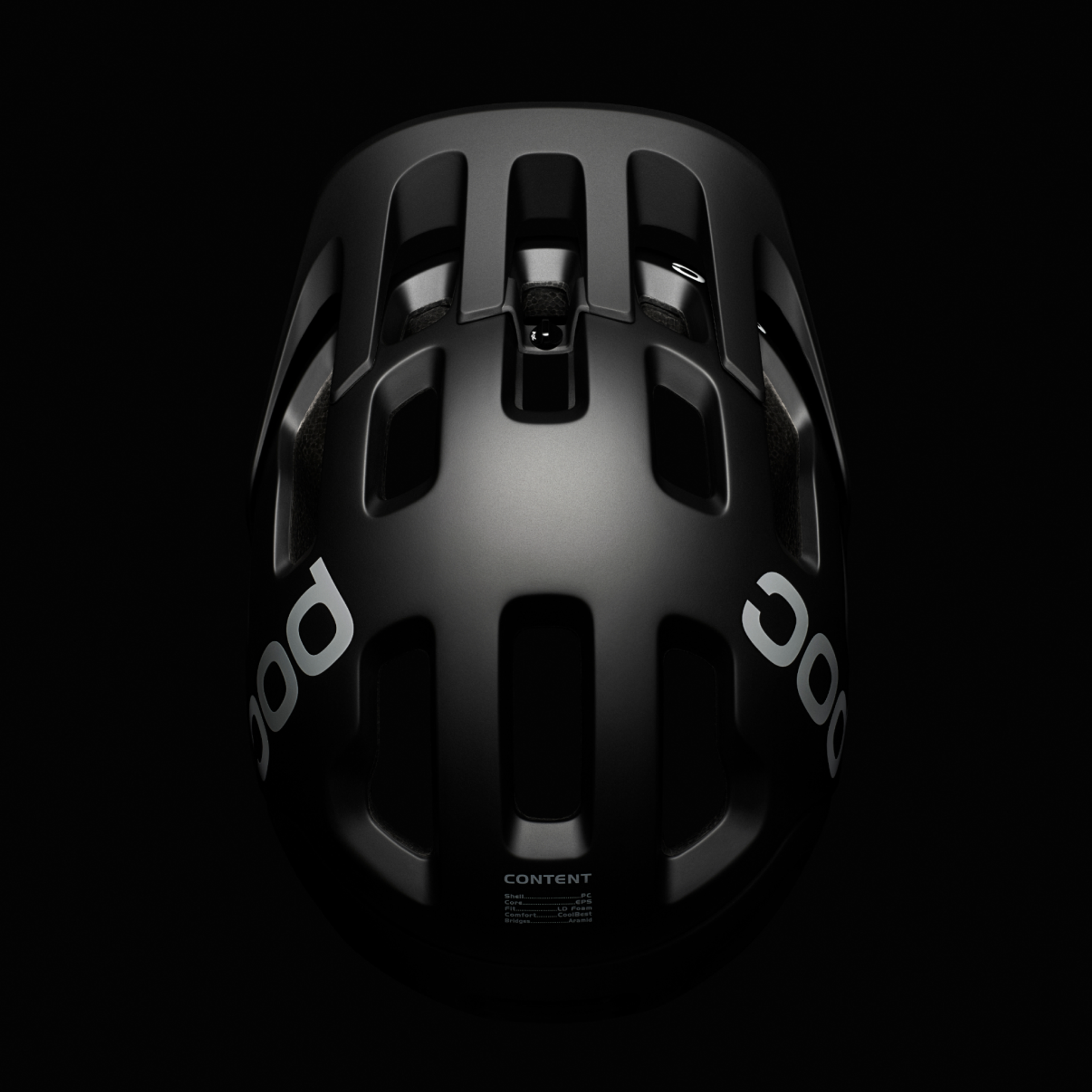
Left: Cularis Right: Tectal
WHAT TO CONSIDER
Key to how well a helmet can protect you, though, is how well it fits. Always look for a helmet that fits you well: it should sit close to your head but not be too tight or uncomfortable. If the helmet fits correctly, you should be able to turn your head upside down with the helmet unbuckled, and it will stay securely in place.
All POC helmets are highly adjustable, featuring an adjustable cradle and an easy-to-use fit system around the circumference of the head, making it easier to find a secure and comfortable fit.
After fit, consider the type of riding you’ll do most and choose a helmet tailored to offer the best protection for your particular style of mountain biking.


Left: Tectal Race Right: Cularis + Elicit Toric
Riding style: Trail
For long days on the trails, where riding is more about having fun than pushing any limits, look for a helmet offering comfort as well as durable protection. Models like the new Cularis, with its optimised airflow and low overall weight, are ideal for days where you want to keep the focus on finding your flow.
Classic trailblazing styles like the Tectal and Axion are also trusted choices for long days on the trail, offering high levels of comfort and good ventilation.
RECOMMENDED HELMETS
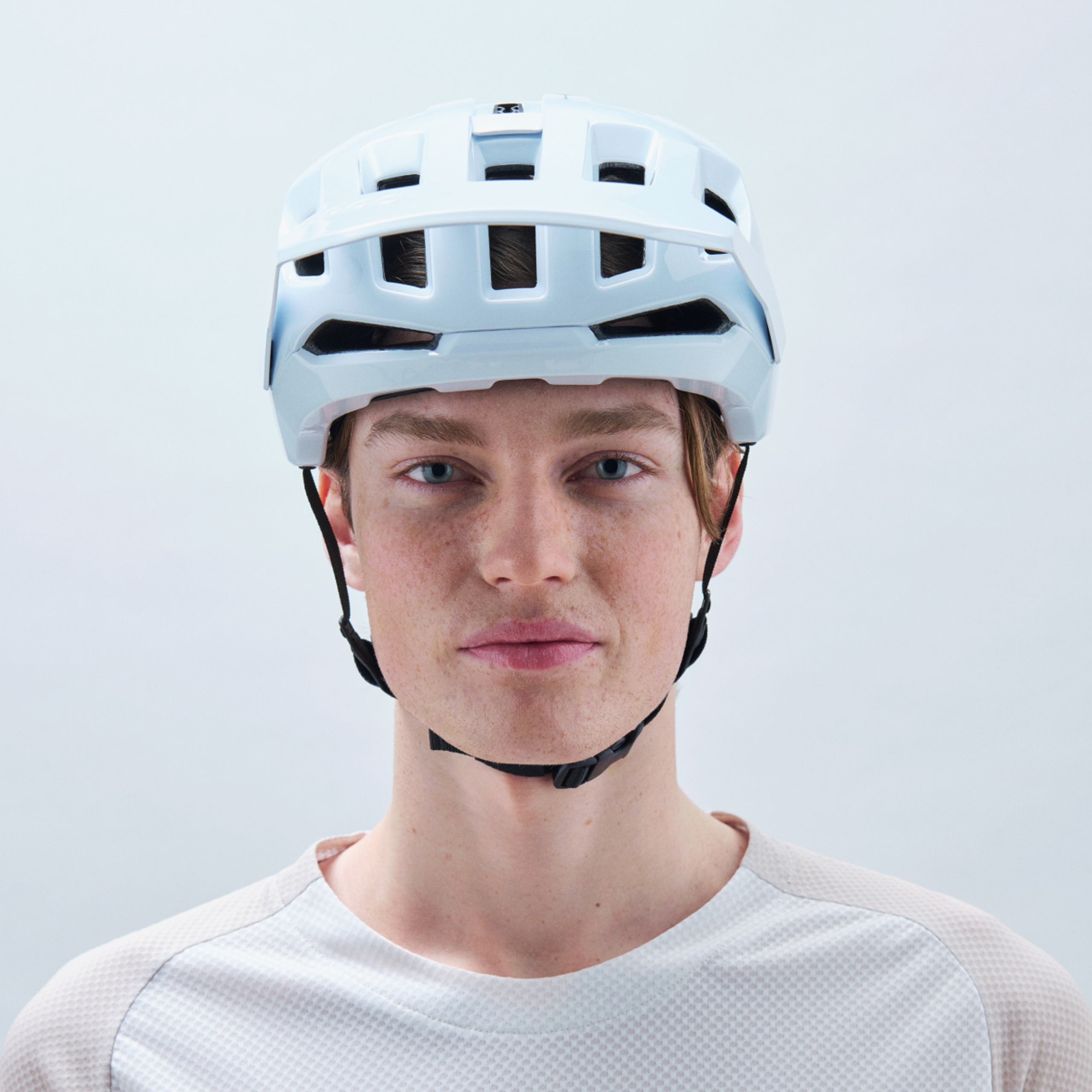

Left: Kortal Race Mips Right: Otocon Race Mips + Ora
Riding style: ENDURO
Enduro racing demands multi-faceted protection that works as well as downhill helmets for the timed stages, yet is lightweight and has significant airflow so you can stay comfortable while pedalling and climbing.
While full-face protection may not be required for all races, it does add extra protection. On a helmet like the Otocon or Otocon Race Mips, the extreme ventilation levels ensure that you’ll still feel the breeze against your face.
Models like the Kortal also offer durable protection that pairs well with goggles for greater coverage.
RECOMMENDED HELMETS
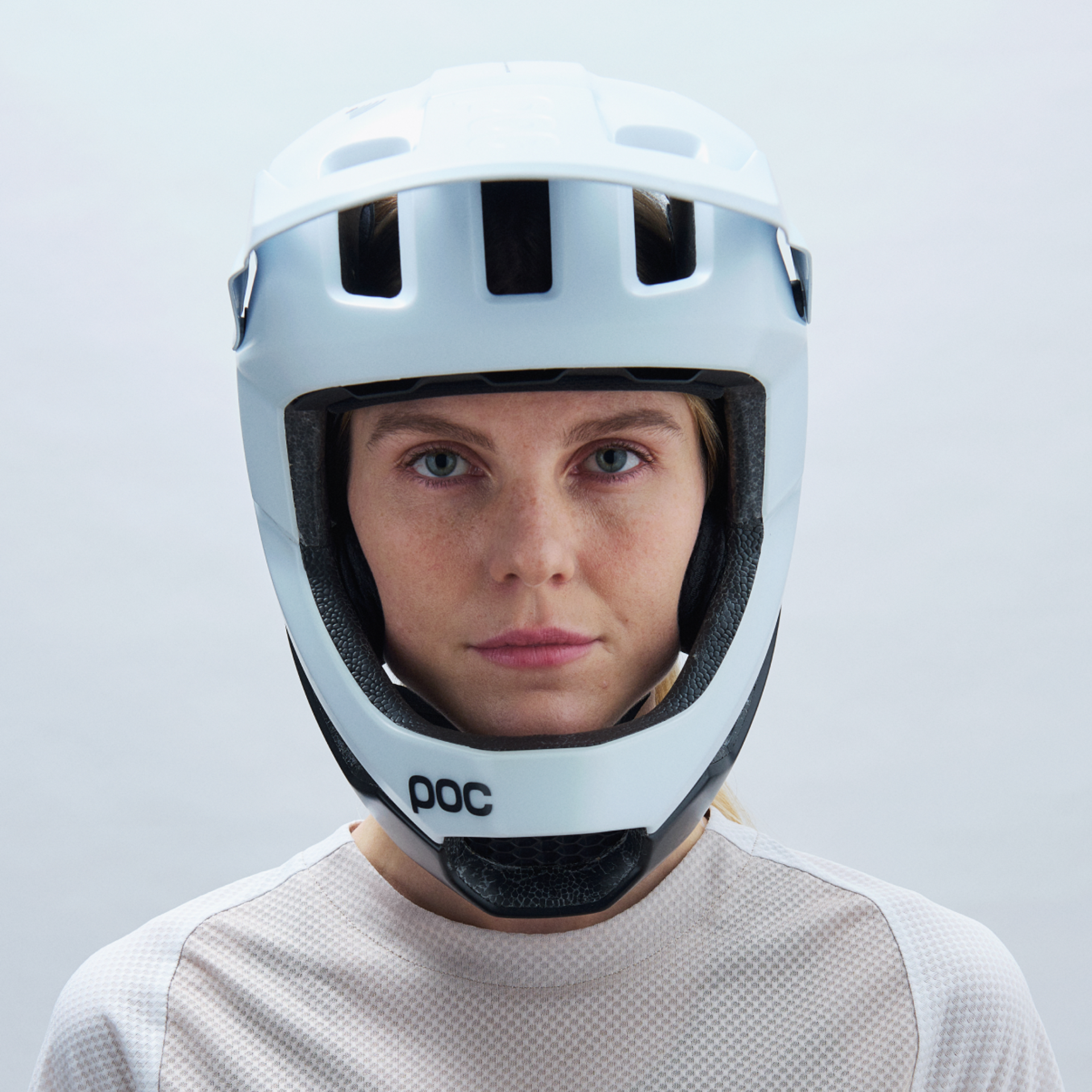

Left: Otocon Race Mips Right: Coron Air Mips + Ora
Riding style: DOWNHILL
Hitting bigger jumps and obstacles while riding downhill presents its own unique risks, which is why downhill helmets tend to offer the most durable protection and are made to cope with heavier hits.
Full-face coverage is an absolute must for downhill mountain biking, but other factors to consider include the level of ventilation and airflow a helmet offers, as well as its total weight, and if it uses a multi-impact liner for extra protection from some of the biggest hits. Ear chambers, as found on the Coron and Otocon helmet series, help to make hearing easier and have less effect on balance.
The Coron and Otocon series of helmets are certified for downhill racing.
RECOMMENDED HELMETS

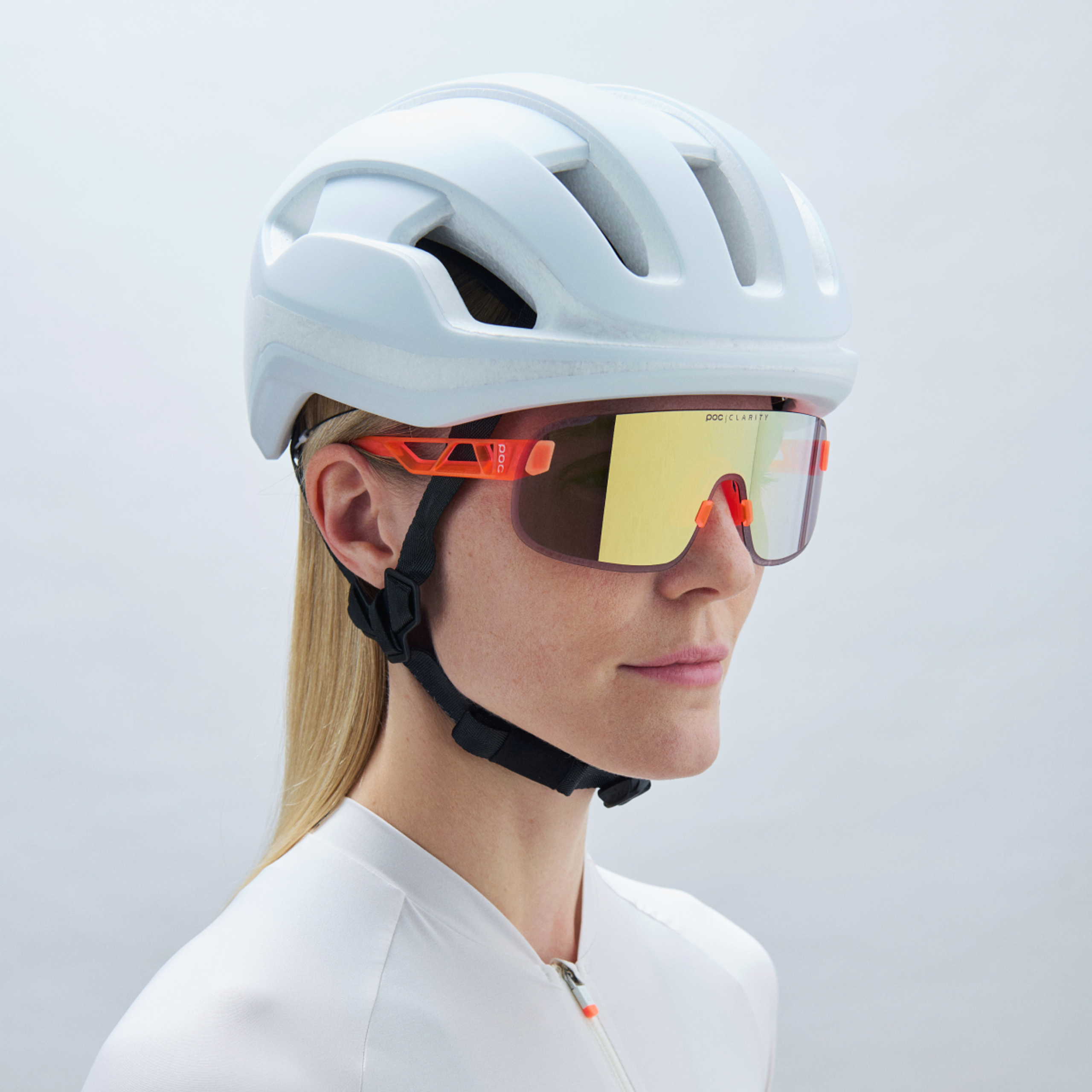
Left: Ventral Lite Right: Omne Lite + Elicit
Riding style: XC race
For cross-country racing, where weight and ventilation are important, look to our collection of road helmets for the lightest protection. Models like the Ventral Air and Ventral Lite are popular choices with professional XC racers and give ultimate ventilation at both high and low speeds, bringing comfort even when pushing hard on a climb.
RECOMMENDED HELMETS
The Whole Helmet Concept®
All POC cycling helmets are developed and constructed following our Whole Helmet Concept®, where every aspect of a helmet is considered from a user perspective, and is created so that all parts of the helmet work with each other for your protection. We believe that the safest cycling helmet is the one you wear, so remember that this guide is for inspiration, and always choose the helmet you like the most, so you are always proud to wear it.

